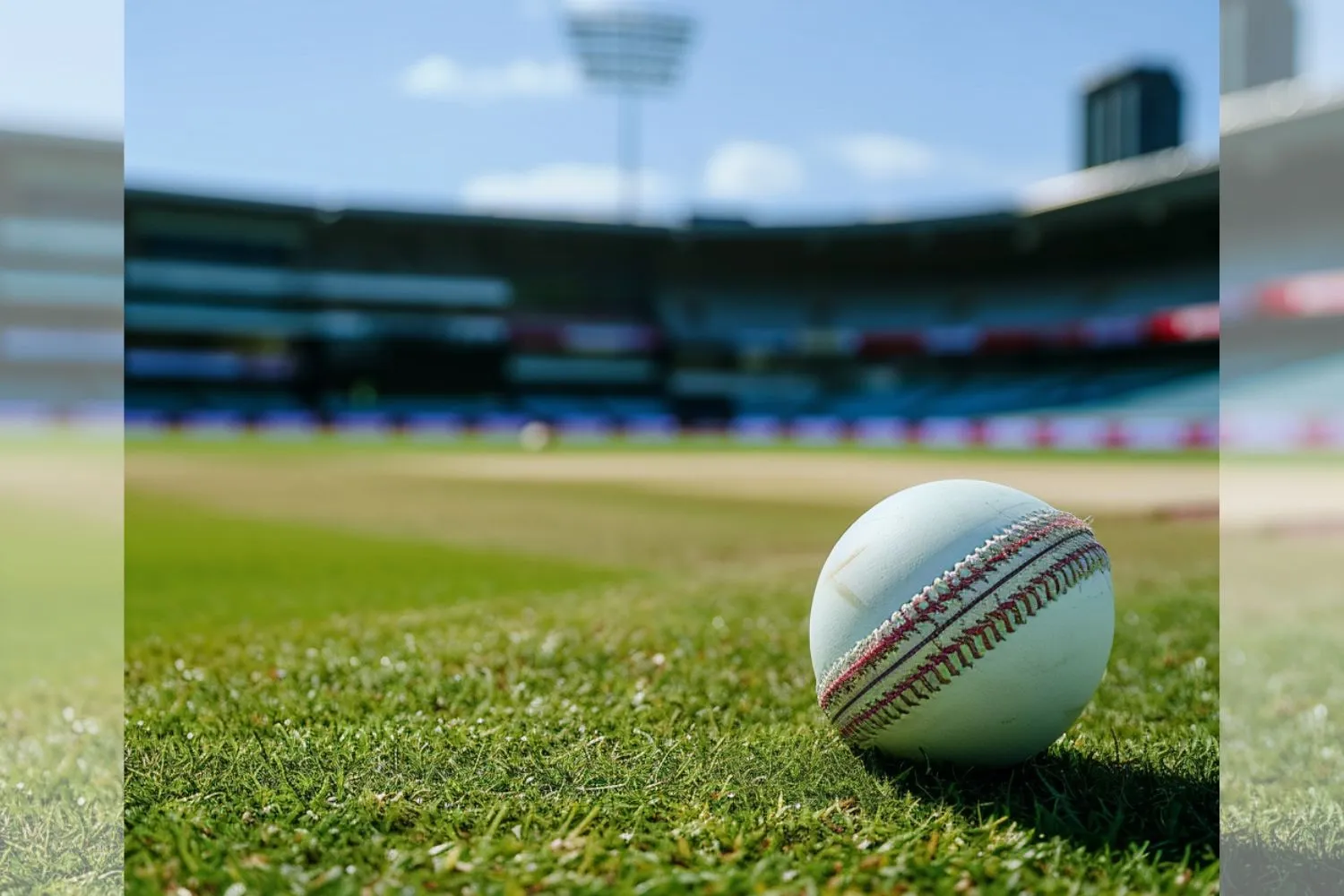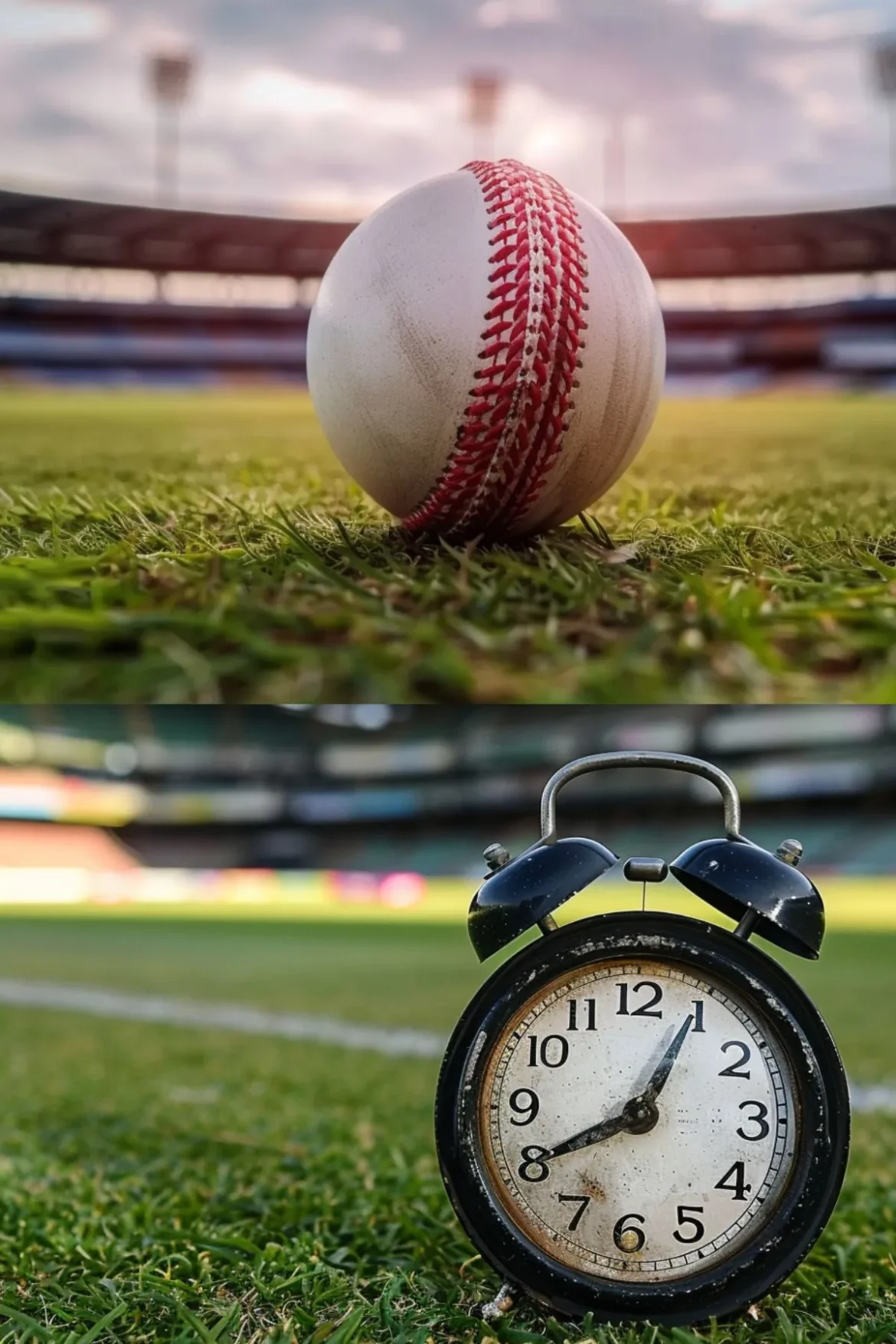Cricket, a sport steeped in tradition, has long been cherished for its leisurely rhythm that allows for strategic battles and tense showdowns. Yet, the allure of quicker, more action-packed sports has beckoned the International Cricket Council (ICC) to make bold moves. Introducing the Stop Clock Rule by ICC in T20 World Cup 2024 stands as a testament to the sport’s willingness to innovate, aiming to strike a balance between upholding its heritage and meeting the demands of 21st-century fans.
In this extensive exploration about Stop Clock Rule ICC T20 World Cup 2024, we venture into the heart of this new phenomenon, dissecting its origins, mechanics, and implications for the world of white-ball cricket. This comprehensive guide is tailored for the aficionados, the athletes, and everyone in between who revels in the iconic sound of leather against willow. Whether you’re a part of the playing community. A devout follower of the game, or an analytical mind seeking insights into the fine-tuning of white-ball cricket, this blog is tailored on ICC Stop Clock Rule T20 World Cup 2024.

The Genesis of the Stop Clock Rule
Rooted in the fundamental pursuit to ensure timely completion of matches. Therefore, the Stop Clock Rule derived from the ICC’s sustained efforts to address the protracted durations in white-ball cricket. The Board’s visionary approach saw the inception of a trial run to study its prospective effects, poised as a game-changer right from its nascent stage.
“T20 cricket demands precision, agility, and strategic genius. It’s a sprint, where every second can turn the game.” – Virat Kohli
Through detailed statistical analysis and direct feedback, the ICC confidently took the leap, acknowledging the rule’s profound potential in shaping the future landscape of this beloved sport. The underlying goal is clear — to streamline match durations without compromising the essence and integrity of the game.
Overview of the Trial Period and Its Success
Many met the initial experiments with the Stop Clock Rule with guarded optimism, awaiting its verdict with bated breath. An analysis of the trial period post-implementation in several high-profile series unveiled an unprecedented success. Also presenting compelling data on the reduction of match durations by a significant margin.
The demonstration matched promising forecasts, embodying a swift and seamless transition between novel policy and on-ground impact. The lived experience during these trials painted a vivid picture of expediency without eroding the strategic intricacies that make cricket the phenomena it is.
How the Stop Clock Rule Works
Elucidating the intricacies of this revolutionary rule is paramount to understanding its essence and influence on the sport. The stopwatch imbibed in cricket’s fabric isn’t merely a decorative piece — it is a harbinger of change. Where a directive that mandates performers to synchronize with the relentless march of time.
The 60-Second Mandate Between Overs
Each over, an encapsulation of drama and calculation, now operates within a taciturn framework of 60 seconds post-completion. This chronometric rigidity reshapes the dynamics of the game, compelling players and officials to operate within the structured window. Moreover, redefining what it means to engage in a sporting contest against the backdrop of the ticking clock.
Third Umpire’s Vigil and Administrative Choreography
The watchful eye of the third umpire oversees the orchestration of this time-bound spectacle, ensuring the expedient transition between game facets. This figure of authority symbolizes the new-age custodian, responsible for executing the rule with impartiality and precision. As well as bestowing the game with the imperative of timeliness that was hitherto reserved for its broadcast schedules.
Penalties for Non-Compliance – A Costly Reminder
Although, the Stop Clock Rule isn’t just symbolic; it is a system replete with checks and balances. Non-adherence precipitates warnings that, if unheeded, bring forth the specter of penalties. The finesse and finery of cricket come at a price, where the cost for delaying the game’s progression is quantifiable and substantial. Therefore, five runs for each infraction, a penalty not to be trifled with or repeated lightly.
Impact on Strategic Time-Outs – A Strategic Morphosis
Cricket has thrived on adaptability, a quality pronouncedly stirred by the advent of the Stop Clock Rule. Strategic time-outs, often seized upon for consultation, recalibration, and occasionally, for theatrical effect, now wear a different guise. They metamorphose into brief yet invaluable instants that teams must exploit with precision. And also mindful of the augmented pace carving its path through the game’s narrative.
Tactical Evolution and Strategic Ploys
The coercive force of time demands a new lexicon of strategic maneuvers, compelling teams to wield these respites with surgical precision. The Stop Clock Rule beckons a scenario where time is a currency, and like all limited reserves, must be invested judiciously to yield maximum dividends. It is a change that has strategic architects and on-field tacticians reimagining their playbook.
Community Reactions – The Chorus of Critics and Protagonists
A crease of contention inevitably accompanies groundbreaking shifts in sports protocol. The choir of cricket enthusiasts, pundits, and professionals resonates with a harmonious blend of applause and apprehension. The proponents assert the rule’s pivotal role in invigorating the game, citing insights into enhanced viewership-experiences and the potential for strategic introspection.
On the contrary, skeptics raise the flag of caution, alarmed by the implications for player welfare and the quality of play. They voice concerns over the added pressure to an already high-stakes environment. Which is pondering the delicate balance between exuberant spirit and substantive play that makes cricket a magnificent spectacle.
Expert Testimony and Analytical Discourse
The discourse finds resonance in the corridors of expertise, where seasoned veterans and analysts reflect upon the intricacies and idiosyncrasies of the Stop Clock Rule. Their discourse meanders through projections and pragmatics, underlining the necessity and nuances of adapting to this new norm. These perspectives, steeped in experience and insight, serve as signposts for the uncharted paths this rule sets forth.
Adapting to the New Rule – Preparations and Perspectives
The onus of adapting to the Stop Clock Rule transcends the confines of the ICC’s boardroom, permeating the ethos of the playing community. On the other hand, players, coaches, and officials alike grapple with the practical implications of seamlessly transitioning into a world where every second counts, quite literally. Preparations unfold on multifaceted fronts, from physiological conditioning to the redefinition of mental frameworks. Also ensuring that cricket positions itself to put its best foot forward in this new realm.
Training Regimens and Player Psychology
In other words athletic prowess intersects with cognitive acuity as stakeholders curate regimens, both on and off the field, to align with the stringent temporalities of the Stop Clock Rule. The psychological preparation, often the unsung hero of sporting conquests, assumes a critical role. Additionally, equipping individuals and collectives with the resilience and resourcefulness to thrive under the crucible of time constraints.
Strategic Schisms and Bedfellows
Team dynamics, the air cricket breathes, resonate with subtle yet seismic shifts in response to this rule. The ethos of cricket, underpinned by collective efficacy, undergoes testing, sparking dialogues. And also devising strategies that celebrate the marriage of timeless tradition with this contemporary change. It’s time for every aspect of the game to resonate with the efficiency and efficacy that the Stop Clock Rule heralds.
The Future of Cricket with the Stop Clock Rule – The Horizon Beckons
Peering into the horizon, the future of cricket with the Stop Clock Rule gleams with the promise of a renaissance. Afterward the anticipated long-term benefits of quicker, more compelling matches infuse the sport with a renewed sense of purpose. Also positioning it favorably in the raucous marketplace of recreational choices.
The impending T20 World Cup 2024 acts as the most discerning crucible to calibrate the effectiveness of this rule. It will unfurl a tapestry of matches where the hands of time will weave stories of resilience, strategy, and thrill. In fact, all within the ambit of an abbreviated yet authentic cricketing experience.
In Conclusion – A Triumph of Tradition Meets Technology
Meanwhile, the introduction of the Stop Clock Rule in white-ball cricket is a triumph of tradition meeting technology. Basically, a blend that propels the sport into a future brimming with possibility. It fosters a symbiosis between the rustic charms of the game and the avant-garde ethos. Which is crafting a narrative that is not only competitive but also consumable.
Finally, the paradigms of watching, playing, and administrating cricket stand poised to undergo profound reinvention. Fans and purists alike will feel the reverberations of this undertaking. As well as it’s a momentous juncture for a sport that prides itself on adaptability and endurance. In addition, inviting one and all to savor the flavor of a cricketing discipline that’s as contemporary as it is classic.
FAQs
What is the Stop Clock Rule in T20 Cricket?
The Stop Clock Rule is a new paradigm introduced by the ICC for white-ball cricket matches that emphasizes a strict time-bound approach for over-to-over deliveries. It involves a countdown clock, penalties for time violations, and implications on strategic breaks, thereby significantly reducing match durations.
Why was the Stop Clock Rule introduced in White-Ball Cricket?
Although, the Stop Clock Rule was introduced to address concerns over the protracted durations of white-ball cricket matches. It aligns with the ICC’s broader objective to make the sport more consumable and appeal to a wider audience by enhancing the pace and excitement of games.
Where can I find more information about the Stop Clock Rule and its implementation in cricket?
Specifically, stay tuned to official ICC announcements, follow the insights shared by cricket analysts and players. That engages with the broader cricketing community to track the progress and adaptation to the Stop Clock Rule. Additionally, cricket boards and organizations will likely publish specific guidelines and regulations as they embed the rule into the game’s fabric.




